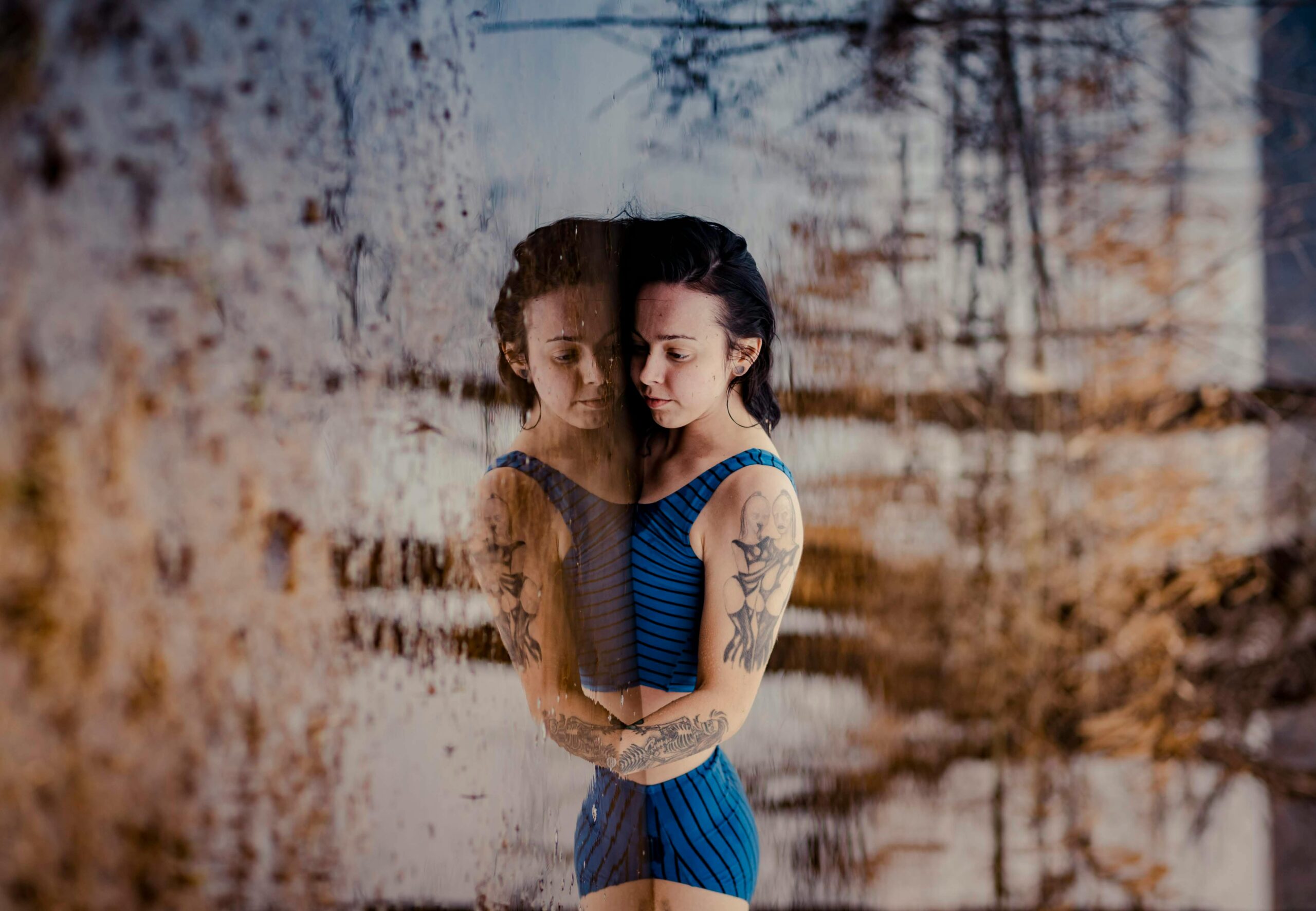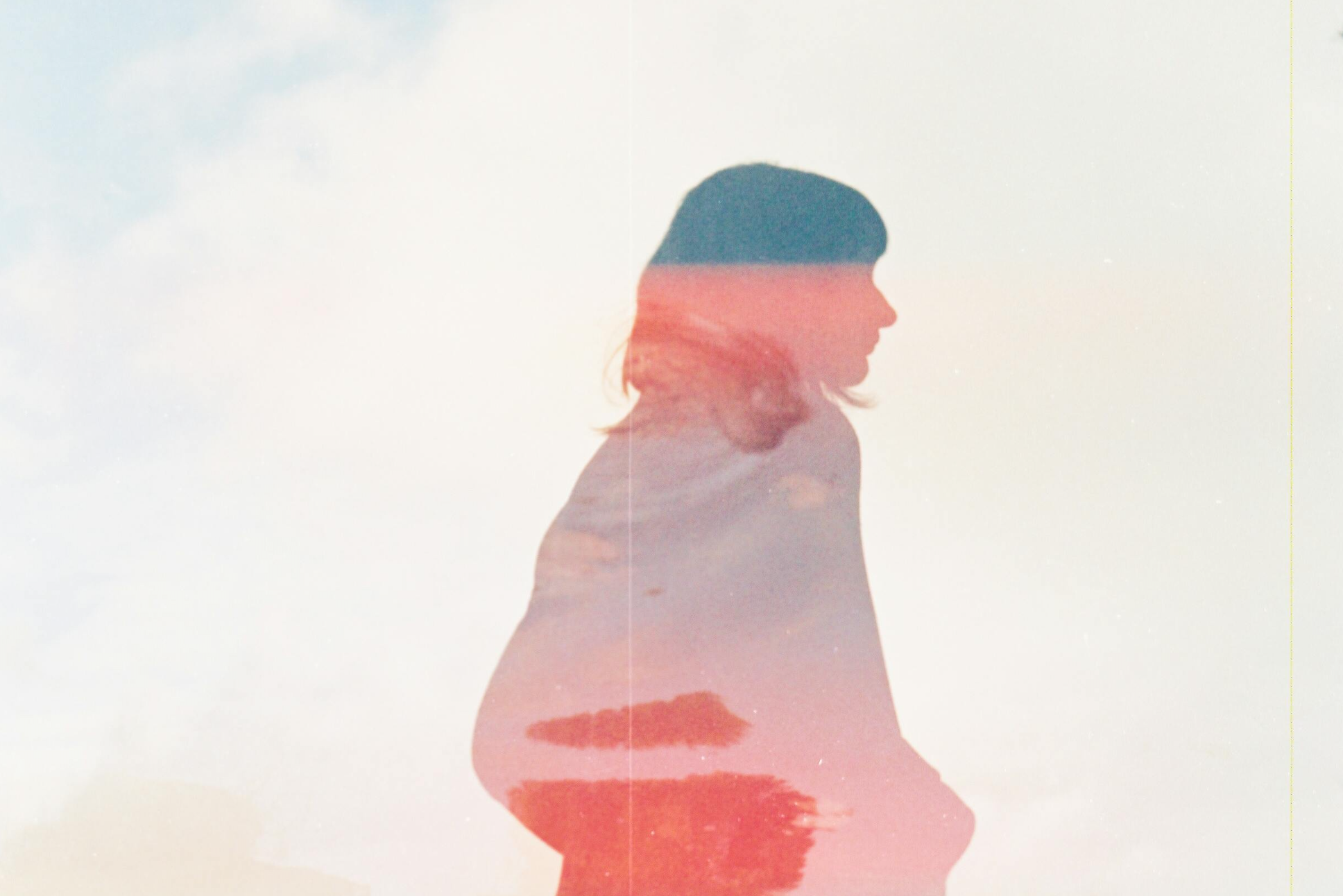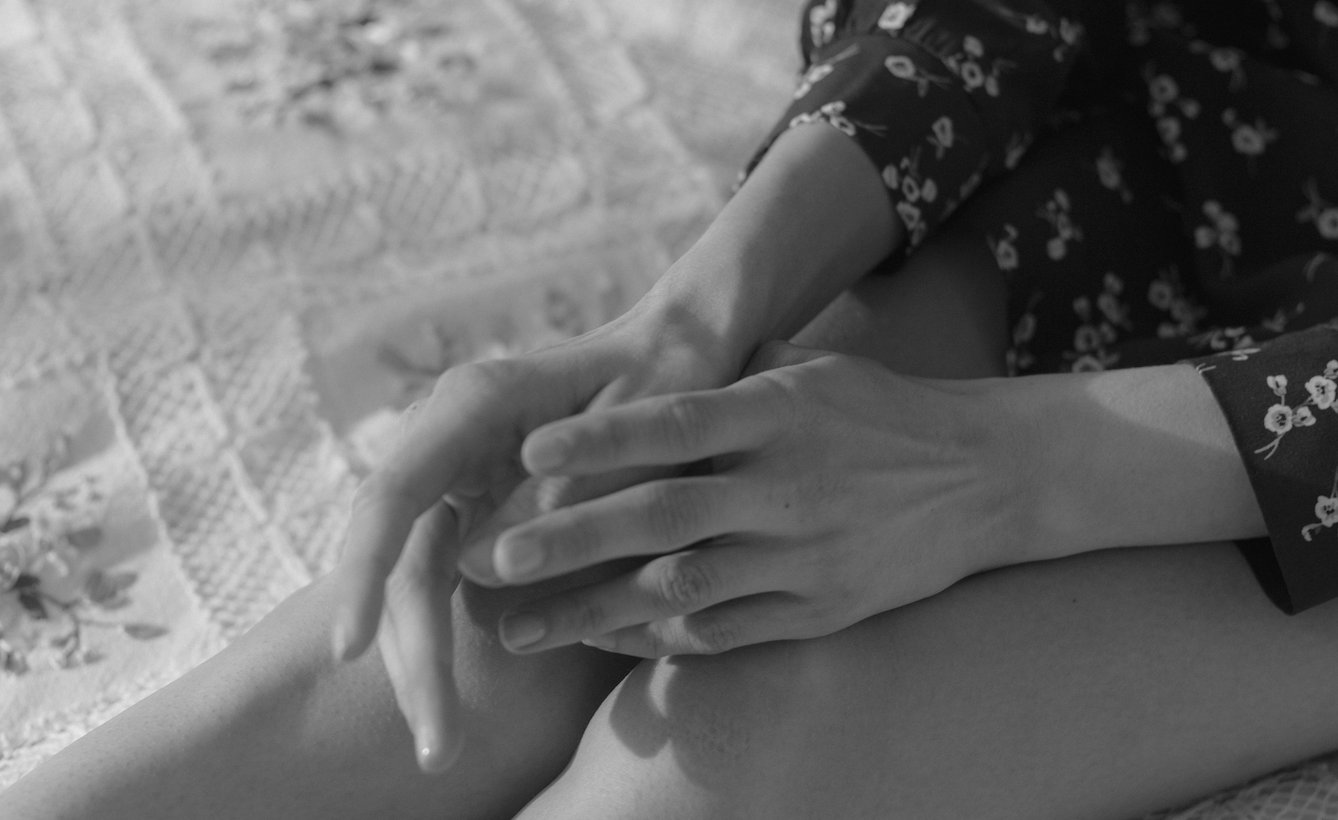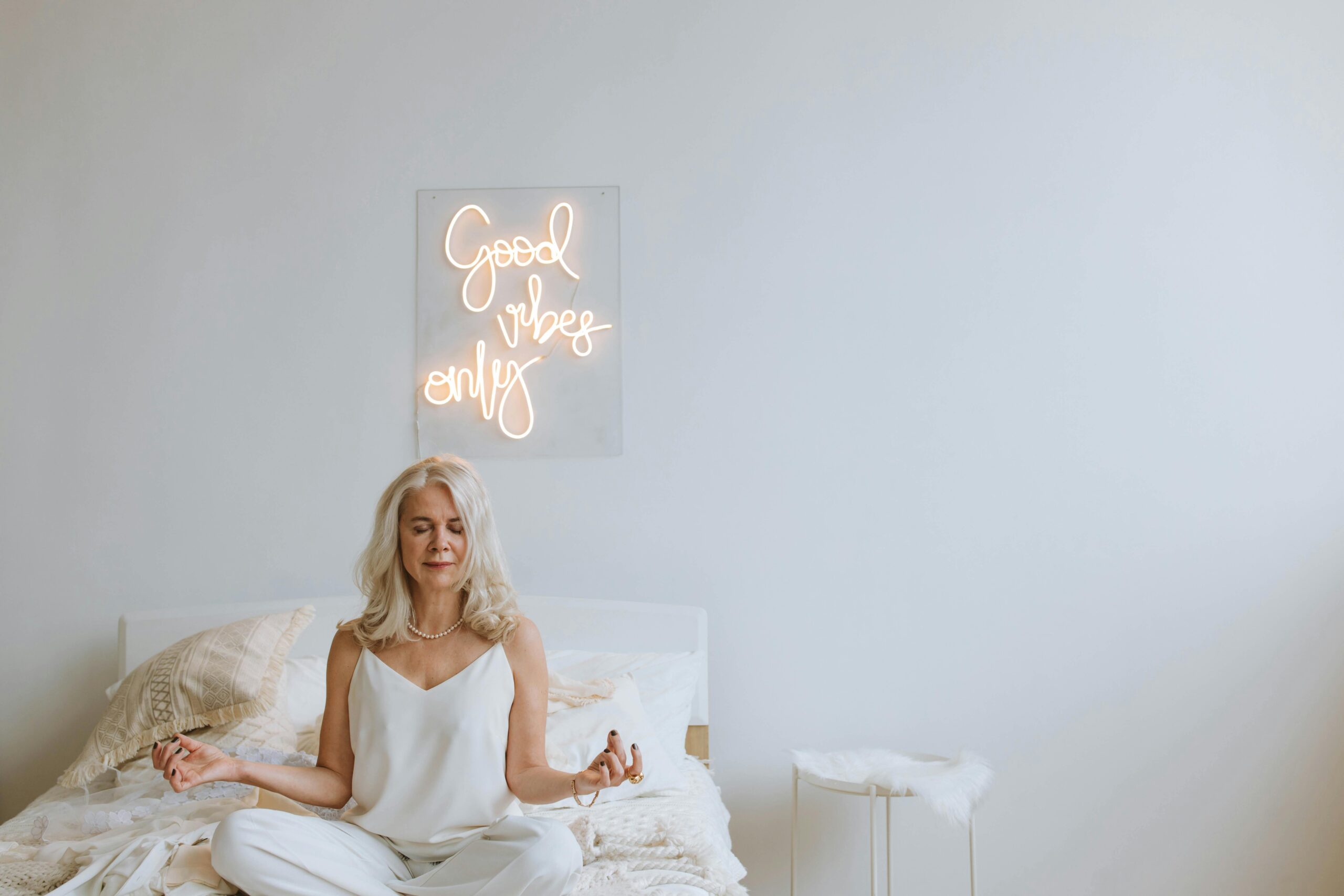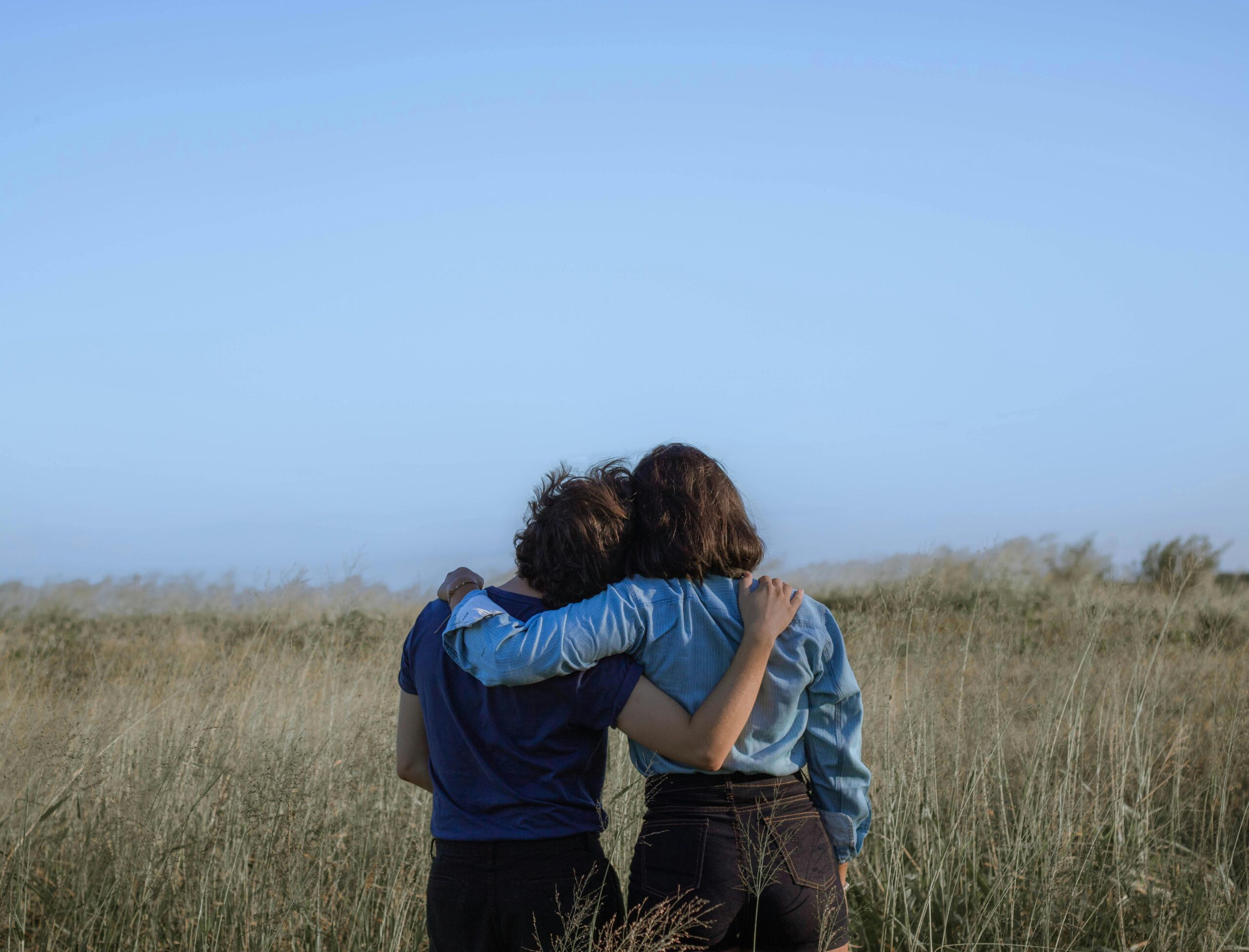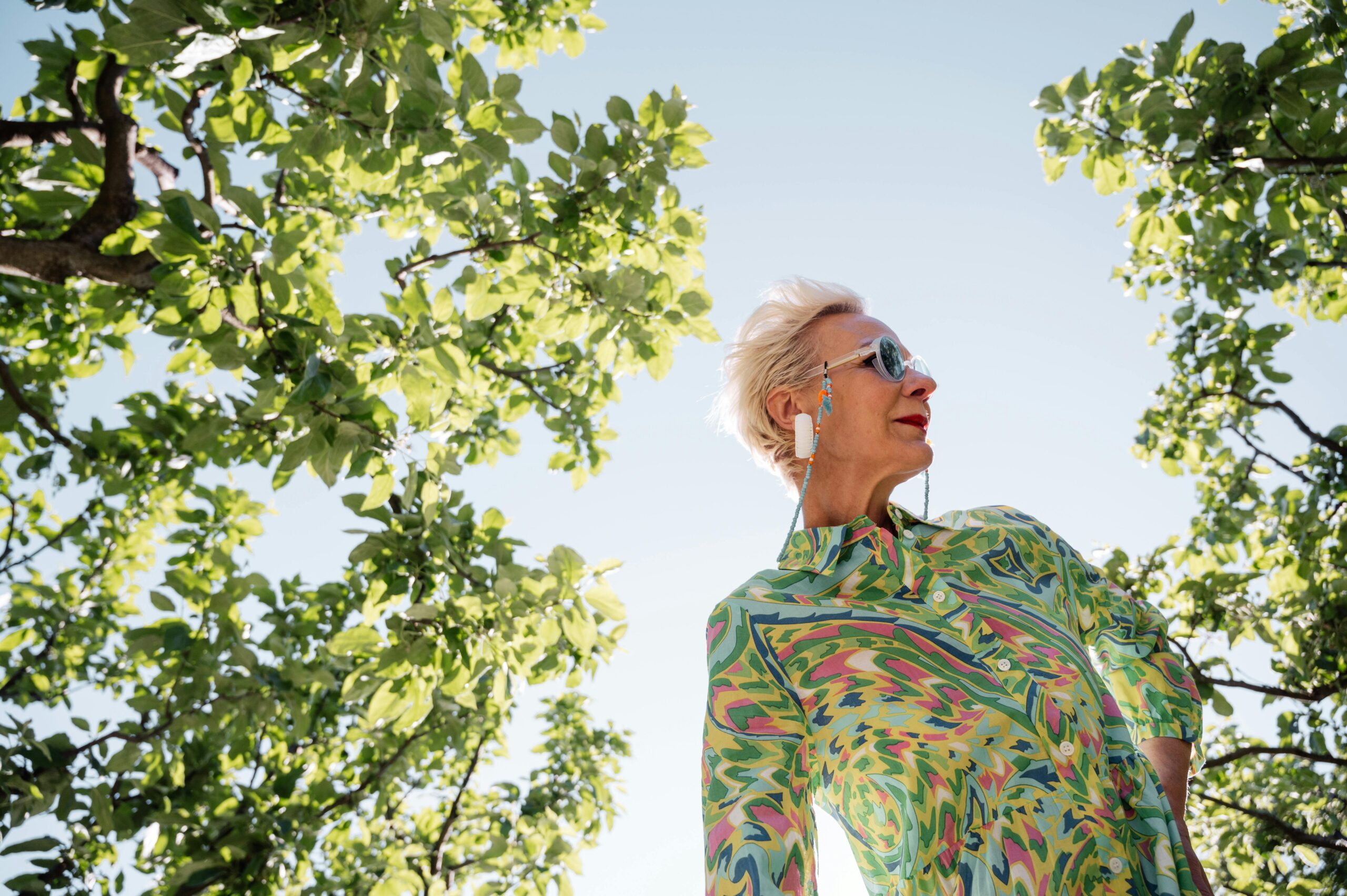
By Susannah B
I grew up in New York City in the 1970s. My dad was a freelance fashion and beauty photographer who lived in a loft on the top floor of a building downtown where the elevator got turned off on Sundays, which happened to be the divorced-kid day my brother and I most often spent with him (we climbed a lot of stairs). He was often stressed about money, which meant he was always working – in the darkroom, poring over negatives or slides, or doing shoots with models.
It was a completely different time back then, pre-digital camera – to write about it now feels sepia-toned and quaint, like comparing a candlestick to the flashlight on my phone. Recently, though, I was remembering a childhood pastime from back then that actually seems oddly current. Sort of like scrolling through Instagram, I used to spend hours shuffling through the stacks of “comp cards” on my dad’s desk, the 5X7-inch postcards that models and their agencies sent out to every photographer in Manhattan.
The cards had each model’s “money shot” on the front, two or four more shots on the back, and their height, weight, bust and waist measurements printed like a list of ingredients. And their name – but that seemed less important.
Just like how I feel after spending more than five minutes on Instagram, the steady diet of “beauty” I was surrounded by at my dad’s made me constantly compare myself and always fall short. There was no way I would ever look like any of them. Which logically meant: I’m not beautiful.
At least the models of today have different shapes and sizes and skin colors. Obviously, there should always be more inclusion and diversity in fashion, but it’s definitely better now than it used to be. My childhood and adolescence were dominated by the very limited “All American” ‘70s and ‘80s look – tall, thin, flat-chested White women with tiny noses. Maybe there was the occasional brunette or very rare Black model. But no plus sizes, mixed races, freckles, or birthmarks. No boobs. Their noses weren’t like mine. And none of them had double chins.
If we’re talking constant cringe, it’s always been my double chin. My mother referred to it as our family’s “jowls” that we both inherited. I first noticed it when I was nine. I saw it in photographs my dad took of me. None of my friends had it. I wasn’t overweight, but my face was round and underneath my chin there was a little extra fat, the “baby” kind, people said. But no matter how old or thin I’ve gotten, that fat has stayed. I’ve often wished I could shave it off like a beard.
I don’t think I’m alone in this. I bet most people have at least one physical imperfection that they believe, if improved, could cure all their insecurities. I’ve done different things at different times to get rid of my perceived flaw. When I was sixteen, I made a homemade photoshop-ish attempt to fix a glossy photograph of myself performing a song with the movie star Christopher Reeve.
It captured a wonderful moment in our performance, but it wasn’t the most flattering angle for me. With a black Sharpie, I drew a slimmer, more contoured jawline that left me with a chin as pointy as the Wicked Witch of the West’s, but in my view, it was still an improvement. Now I look at it and wish I hadn’t drawn in permanent marker on a photo I have no other copies of.
Melting fat, freezing fat, I’ve done it all. I had liposuction under my chin in my early 30s and it was great, my skin healed fast and I was very pleased that I’d done it. Finally, I could let go of this obsession with the chin fat and be free! (If I were reading this out loud, here’s where I would look around the room and pause for effect).
Then, the chin thing morphed into a nose thing and I convinced myself that I should get a nose job to help my acting career. An agent had told me to “fix the nose and change the name,” if I wanted to make it as an actress. “Too Jewish,” he also said. But I was scared to wake up with a different face. What if I didn’t like it? I was terrified of the potential for regret.
So I didn’t fix the nose, even when I had surgery to remove some infected tissue in my sinuses. I could’ve used the old “deviated septum” excuse and had the doctor do a little NJ on the side, but something held me back. Today, I roam the earth with the beak that I was born with. Call me sentimental. Or stubborn. Or maybe my resolve was a mistake? My nose is probably why I never achieved stardom, right? This was the obsessive loop that played in my head for years.
Eventually, I made peace with it. (Here’s where I would pause again, with a raised eyebrow…) Time passed, I got older — watch out, this is going to be a trend — my baby fat became loose, sagging skin. And like a warrior revisiting the battlefield, I returned to disliking it. The features changed, but the loathing-a-part-of-my-face stayed constant.
Recently, with an upcoming photo shoot planned, I was feeling anxious about my double chin. As a performer, having a presence on Instagram helps me get my music out to the world. But having my photo taken always makes me nervous (and takes me back to the comp cards at Daddy’s studio). I made an appointment at the dermatologist’s for a procedure I’d done before and been pleased with. It was uncomfortable, and if I’d watched it on YouTube, I never would’ve been able to stomach it. It involved injecting “threads” (which felt bigger, like lead cartridges in a mechanical pencil) into my cheeks and pulling them up like the strings of an old-fashioned marionette to lift the skin.
Super creepy doesn’t even begin to describe it. “This time,” the nurse told me cheerfully as she held the needle against my temple, “we’ll go a little higher up, so it’ll pull everything tighter.” As she injected the thread into what felt like my brain, I screamed, “WHAT THE F#@K?!” so loudly, the girl at the front desk heard.
I would continue to repeat those words to myself silently like a mantra and while crying in pain for the next seven weeks until, at long last, the nonstop numbness and excruciating, knife-like stabbing in my scalp disappeared. To have willingly submitted myself to this physical torture for the sake of my vanity and twisted self-image made me ashamed and angry. I was shaken to my core.
I should mention here that I am blessed to have a loving husband who often tells me I’m beautiful. Unfortunately, the volume of his sweet words plays much more quietly than the shrieking alarms that blare nonstop all around me – in magazines, social media, and TV – about anti-aging. Why aren’t we allowed to age? My friend’s daughter, who’s 23, thinks she needs “baby Botox” to get rid of the lines in her forehead. Many of my younger sister’s friends in their mid-30s are considering face lifts.
I study every female face I see to determine whether they’ve partially or completely frozen their foreheads, and swear I’ll never do that because I hate the feeling of not being able to move my face. Then I’ll read somewhere how lines between the brows can make a person look angry (and I don’t want to look angry!) and next thing you know, I’m at the dermatologist’s again, feeling weak and spineless, but eager to have a face that shows none of my inner turmoil or the time gone by.
Today, I’m shocked and a little bit freaked out – but very grateful, too — to be approaching the age I remember my grandmother used to be. Hopefully, I’m going to keep getting older. My prayer is that I stay energized and healthy for the rest of my life. I’d like to keep playing tennis, swimming, hiking and walking up and down the stairs to the beach for as long as possible. And my face – well, it’s going to look older, no matter what I do.
This is not a problem like homelessness or the climate crisis. This is a privileged problem. The goal, I know, is to move towards self-love and self-acceptance, perhaps by sharing stories like this of how challenging it is to resist societal pressure. Or maybe I need to create a deck of “mature” comp cards that feature joyful, gray-haired, wrinkled beauties to remind me that aging really is the ultimate gift, so I can become more able to accept my own. Maybe?
Susannah B (aka Susannah Blinkoff) is a singer-songwriter, screenwriter and actor. She has released five albums of her own catchy pop songs, an album of retro jazz standards, and an EP of electronic dance music remixes. Her music has a feel-good groove with sultry vocals and positive, hopeful lyrics. Susannah is also a dedicated philanthropist, focused on supporting foster youth and ending homelessness. You can follow Susannah on Instagram, Facebook, Youtube and TikTok.











